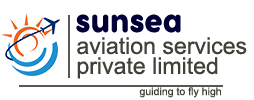- Minimum age of 14 years old
- 17 years old to hold licence
- Have a valid Category 3 Medical
Sunsea Aviation Services Private Limited
Pilot Training In Canada
Introduction
Advantages of Learning Pilot Training in Canada
Canada has a large and dynamic aviation industry. It needs to – the country is so large and so diversely populated, aviation has become a mainstay industry – from delivering food and providing communication links to remote arctic communities to flying company executives on a 6 hour domestic flight from Vancouver to Halifax. Canada has a storied history in aviation as well – having developed the DeHavilland Beaver and Otter Floatplanes, the Arrow Fighter Jet, and recently the immensely popular Bombardier CRJ Regional Jet line used worldwide by major and regional airlines.
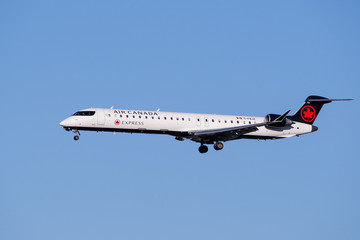
Introduction
Advantages of Learning Pilot Training in Canada
Canada has a large and dynamic aviation industry. It needs to – the country is so large and so diversely populated, aviation has become a mainstay industry – from delivering food and providing communication links to remote arctic communities to flying company executives on a 6 hour domestic flight from Vancouver to Halifax. Canada has a storied history in aviation as well – having developed the DeHavilland Beaver and Otter Floatplanes, the Arrow Fighter Jet, and recently the immensely popular Bombardier CRJ Regional Jet line used worldwide by major and regional airlines.

Canada has excellent Training Schools and Facilities
Canadian Pilot Licences – respected and validated around the world as ICAO Pilot Licences. There are Canadian pilots flying professionally for airlines, military, UN Relief, Helicopter Contracts etc. For example…….UN Relief Flights in Africa, Cathay Pacific Airways & DragonAir of Hong Kong, Qatar Airways, Emirates airline of Dubai, Singapore Airlines, Japan Air Systems, and much more.
Optimum Weather in Canada – the diverse weather in Canada allows for many sunny days to get your initial Pilot Licences completed under daylight, visual conditions. Later on in your training, while undergoing the more advanced Instrument Flight Training, Canada can have many cloudy, poor visibility days enabling you to get real-time, practical IFR Instrument Flying Experience during your training, including flights in rain, snow showers, and some icing conditions.
The low Canadian Dollar – Training in Canada is very cost effective – it is estimated to be 30-35% less than countries in Western Europe. This reduced cost in building hours and training can be a real advantage to Pilots from Europe.
- The Canadian License is one of the world’s most widely recognized
- Canadian flight training standards among the highest worldwide
- Experienced flight instructors with solid aviation background
- High demand for various helicopter pilot positions throughout the country
- Entry level flying positions
- Post graduate work permits available, must apply
- Competitive all inclusive flight training rates
- Challenging weather, fall and winter operations prepare students for all different work environments
Student must hold a Canadian Aviation Category 1 Medical to pursue a Commercial License. Student can obtain the Canadian medical upon their arrival in Canada or have the medical done by an approved Transport Canada Civil Aviation medical Examiner in India prior to arrival. It is recommended this be done no later than 1 month prior to the students intended departure for Canada.
We pride ourselves on providing a superior level of customer service, our staff and instructors are always available to answer students questions and to provide a helpful and friendly environment. At Principal Air our students are are treated like family not just a customers.
Unlike other schools we do not hide the true cost of training, we pride ourselves on our honesty and integrity. Our proven track record over more than twenty years in business speaks for itself.
We maintain our aircraft to the highest standards, compare our aircraft to most other flight schools and you will see a noticeable difference.
With a Class 1 CFI, (the top qualification for a flight instructor) with more than 10,000 hours of teaching time you can be assured the highest quality of instruction.
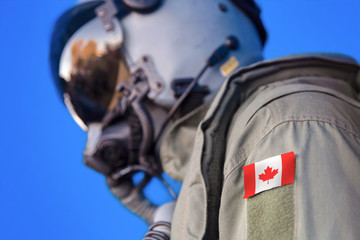
Sunsea Flight Training Canada Requirement
- The minimum age to acquire this licence is 17 years of age.
- A minimum of 45 hours must be obtained,
- A minimum of 17 hours must be Dual, which must include 3 hours of cross country time and 5 hours of Instrument time.
- A minimum of 12 hours must be Solo, which must include 5 hours of cross country time.
- During this time you will gain extensive experience in all aspects of aircraft handling, emergency procedures, radio procedures, navigation and basic instrument handling.
- You must possess a valid Category III medical obtained from a Transport Canada authorized Medical Examiner

Sunsea Flight Training Canada Requirement
- The minimum age to acquire this licence is 17 years of age.
- A minimum of 45 hours must be obtained,
- A minimum of 17 hours must be Dual, which must include 3 hours of cross country time and 5 hours of Instrument time.
- A minimum of 12 hours must be Solo, which must include 5 hours of cross country time.
- During this time you will gain extensive experience in all aspects of aircraft handling, emergency procedures, radio procedures, navigation and basic instrument handling.
- You must possess a valid Category III medical obtained from a Transport Canada authorized Medical Examiner
Courses
Private Pilot License
A Private Pilot License (PPL) is the most sought after type of pilot certification. PPL stands for Private Pilot License……
Commercial Pilot License
A commercial pilot is a person who holds a commercial pilot certificates this is issued via…….
Flight Instructor Ratings
Flight Instructor is usually thought of as someone who teaches a novice how to fly……
Night Ratings
The Night Ratings allows you to fly single/multi engine aircraft which can be categorised as…….
Multi Engine Ratings
A Multi Engine Rating is a pilot rating that qualifies you to fly as pilot-in-command (PIC) of any aircraft ……
Single Engine Instrument Ratings
The single-engine Instrument Rating course is an affordable way to enter……
Instructor Ratings
This program is for students who hold a Commercial Pilot Licence with 150 hours of Pilot-in-command ……
Multi Engine Instrument Ratings
The Multi-Engine instrument Ratings permits you to operates an plane with more than one engine with……
Courses
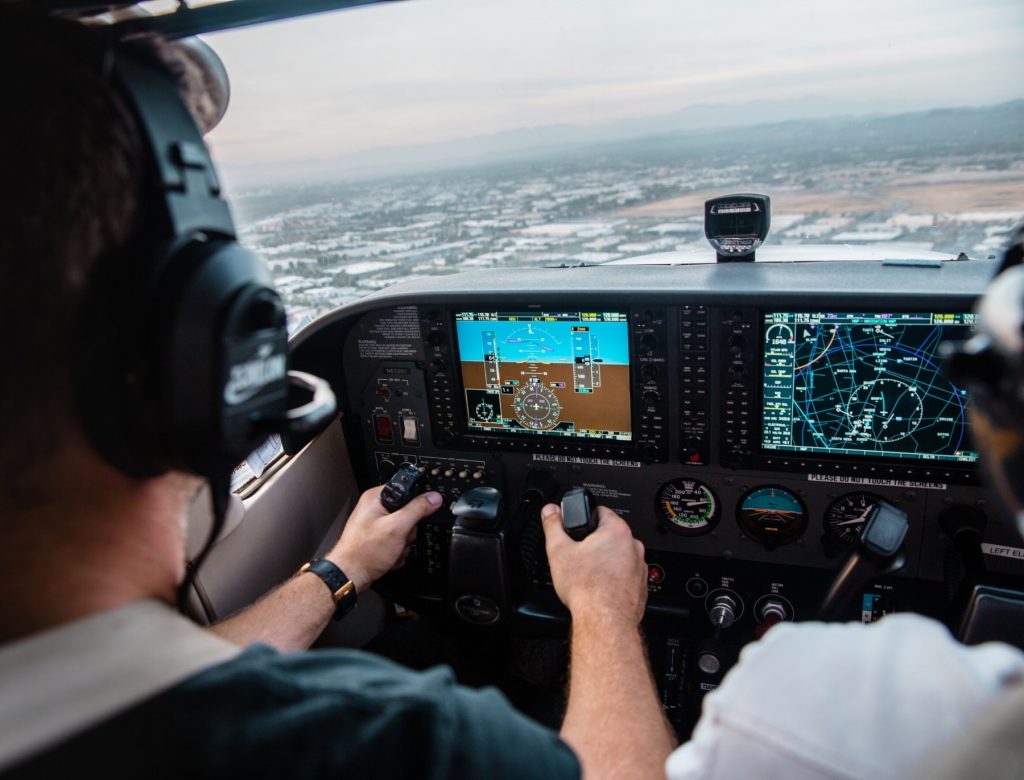
Private Pilot Training(PPL)
Private Pilot License in Canada is partitioned into two segments, ground school and flight training. Ground school is offered on the spot two evenings per week and is contained 18 exercises. It is intended to work related to the flight training and set you up to compose your composed test. The flight training depends on a base 45 hours worth of training. The vast majority of our understudies are completing their licenses between 45-55 hours. We are open 7 days every week and you can reach us for any doubts.
Enrolment Prerequisites For Obtaining PPL

Private Pilot Training(PPL)
Private Pilot License in Canada is partitioned into two segments, ground school and flight training. Ground school is offered on the spot two evenings per week and is contained 18 exercises. It is intended to work related to the flight training and set you up to compose your composed test. The flight training depends on a base 45 hours worth of training. The vast majority of our understudies are completing their licenses between 45-55 hours. We are open 7 days every week and you can reach us for any doubts.
Enrolment Prerequisites For Obtaining PPL
- Minimum age of 14 years old
- 17 years old to hold licence
- Have a valid Category 3 Medical
Course Outline For PPL
- Minimum 45 hours of flight time
- 15 Solo hours
- 30 Dual hours
- 15 hrs of Flight Briefings
- 40 hours of Ground School
- PAPER written exam | 60%+ to pass
- Pass the Practical Flight Test
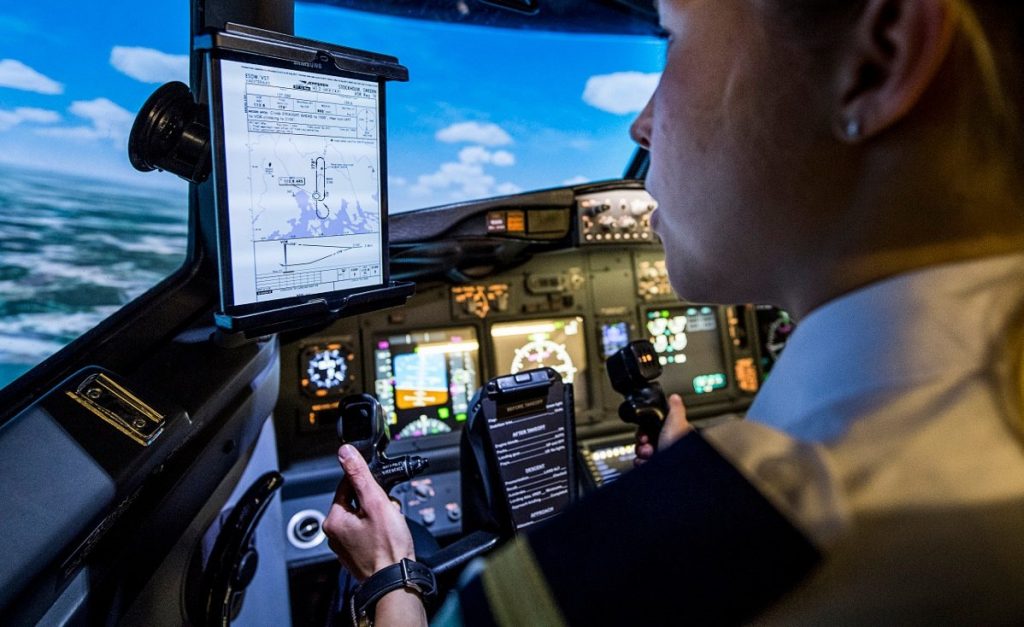
Commercial Pilot Training(CPL)
To fly for “hire or reward” and work for a Commercial Air Service in Canada it is required that the pilot hold the Commercial Pilot License (CPL). This opens the door to your career as a commercial pilot as you work your way towards your career goals. Typical entry level positions for pilots with a Commercial Pilot License (CPL) are as follows:
Course Requirements:-
- Minimum age of 17 years old
- Have a valid Private Pilot License
- Have a valid Category 1 Medical.

Commercial Pilot Training(CPL)
To fly for “hire or reward” and work for a Commercial Air Service in Canada it is required that the pilot hold the Commercial Pilot License (CPL). This opens the door to your career as a commercial pilot as you work your way towards your career goals. Typical entry level positions for pilots with a Commercial Pilot License (CPL) are as follows:
Course Requirements:-
- Minimum age of 17 years old
- Have a valid Private Pilot License
- Have a valid Category 1 Medical.
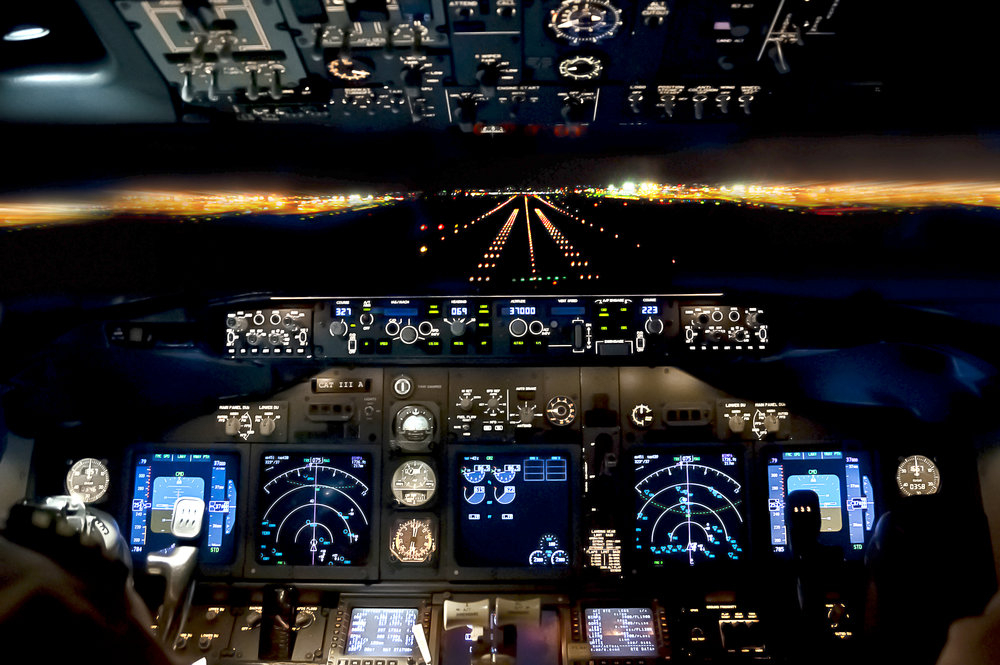
Night Rating
The Night Rating in Canada allows you to fly all single/multi engine aircraft that are classified as non-high performance during night hours under Visual Flight Rules and Visual Meteorological Conditions.
A Private Pilot Licence and a Category 1 or 3 medical are the minimum requirements for Night Rating endorsement.
*A Night Rating in Canada is a requirement for the Commercial Pilot Program.
Course Requirements:-
- Have a valid Private Pilot License
- Have a valid Category 3 Medical
- With no restrictions for colour vision
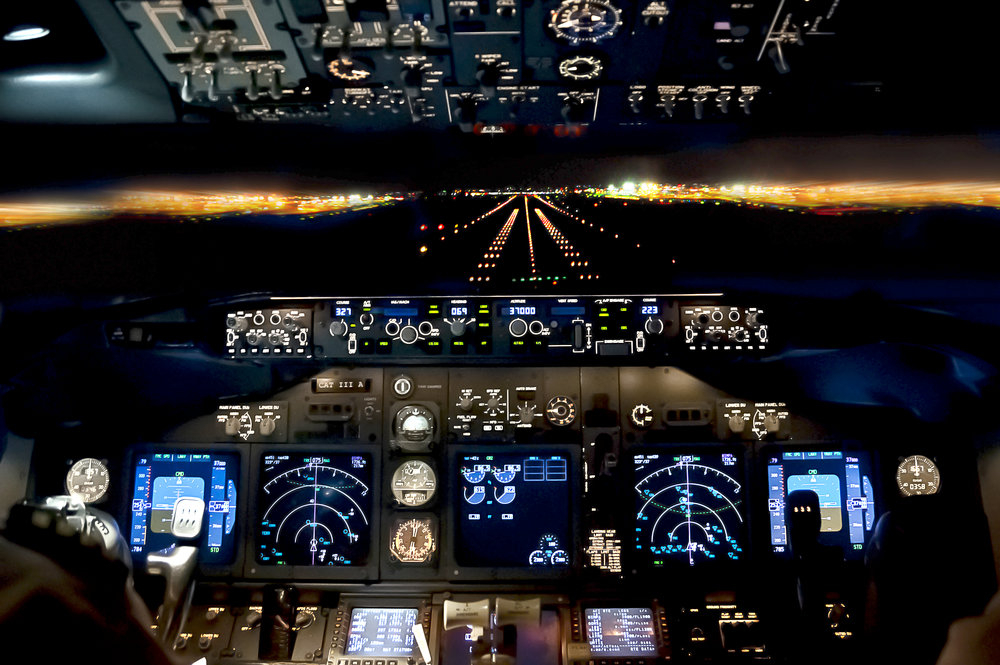
Night Rating
The Night Rating in Canada allows you to fly all single/multi engine aircraft that are classified as non-high performance during night hours under Visual Flight Rules and Visual Meteorological Conditions.
A Private Pilot Licence and a Category 1 or 3 medical are the minimum requirements for Night Rating endorsement.
*A Night Rating in Canada is a requirement for the Commercial Pilot Program.
Course Requirements:-
- Have a valid Private Pilot License
- Have a valid Category 3 Medical
- With no restrictions for colour vision
Course Outline For Night Ratings
- 20 hours of flight time
- 5 Solo hours at night
- 5 Dual hours at night
- 10 Dual instrument hours
- 5 hrs of Flight Briefings
- 10 Solo take-offs & landings
Instructor Rating
Earning an Instructor Rating in Canada (aeroplane) is one of the gateways to a career in aviation. After the programme, the candidate earns a Class IV Instructor Rating. As experience builds, the Rating progresses to Class III, Class II and eventually Class I. The Class IV Instructor Rating certifies the holder of a Commercial Pilot Licence or ATPL to conduct flight training under the supervision of a Class I or II Flight Instructor working within a Flight Training Unit leading to the issuance of the RPP, PPL, and CPL licences and the Night and VFR-OTT Ratings.
Course Requirements
- Have a valid Category 1 Medical
- Commercial Pilot License or Airline Transport Pilot License, with a valid Class 1 Medical Certificate.
- 25 hours of Instructor Rating Ground School + 15 hours briefing with instructor
- 70% on the AIRAF written examination
- 30 hours of dual flight instruction with the holder of a Class 1 Instructor Rating
- Complete a flight test to the standard described in the Flight Test Guide – Flight Instructor Rating
Course Outline
- Minimum 30 hours of flight time
- With a Class 1 Instructor
- 30 Dual hours
- 10 hrs of Flight Briefings
- 25 hours of Ground School
- With a Class 1 Instructor
- AIRAF written exam | 70%+ to pass
- Pass the Practical Flight Test
Ground School & Examinations
- A total of 25 hours of ground instruction must be received.
- During this time you will gain experience in the procedures for planning and presenting preparatory ground instruction, pre-flight briefings as well as post-flight briefings.
- You will also become proficient in the practical application of the basic principles of learning and techniques of instruction, preparation and use of lesson plans, the theory of flight required to teach the exercises, aircraft flight manuals and aircraft operating limits as well as presentation of pilot decision making concepts.
- You will also become proficient with the Transport Canada Flight Instructor Guide, Flight Training Manual, Canadian Aviation Regulations and Flight Test Standards.
- Upon completion of the ground and flight time requirements you must also complete the Instructor Rating Transport Canada Written exam as well as a Flight Instructor flight test conducted by an approved Transport Canada Inspector.
Multi-Engine Rating
A Multi Engine Rating in Canada is a pilot rating that qualifies you to fly as pilot-in-command (PIC) of any aircraft with more than one engine. It is a necessary pilot certification add-on for any aspiring pilot to advance to the airlines, or to increase their overall marketability in the aviation workforce.
Course Requirements
- Have a valid Private Pilot Licence or Commercial Pilot License
- Have a valid Category 3 Medical
- Must be proficient to pass the flight test. There is no minimum time.
- No written test.
Course Outline
- 10 hours of flight time
- Dual Seminole time
- 5 hrs of Flight Briefings
- Pass the Practical Flight Test
Length of Course
The instrument rating can take anywhere between 2-6 weeks to complete depending on whether the student is full-time or part-time.
Privileges and Limitations
The holder of an instrument rating may operate any Canadian registered aircraft which he/she is licensed in instrument conditions (IFR)
Cannot be endorsed on a Recreational Pilot Permit
Note: This training is designed for the pilot that wants to learn to fly a multi-engine aircraft under VFR conditions. There is no ground school or written exam required. At the conclusion of the training there will be a multi-engine flight test conducted by an approved Transport Canada Pilot Examiner.
Single-Engine Instrument Rating
The single-engine Instrument Rating course is an affordable way to enter the world of IFR flying. … The single-engine Instrument Rating qualifies you to fly cross country without visual reference to ground features in single-engine aeroplanes.
The Single-Engine Instrument Rating allows you to operate an aircraft without reference to the horizon. With this rating you can fly in Instrument Meteorological Conditions (IMC) at night. Your advanced training will take place initially in our simulator and in our aircraft.
Course Requirements
- Have a valid Private Pilot License
- Have a valid Category 3 Medical Certficate
- 10+2+Diploma with Mathamatics and Physics or 10+ Diploma+ Mathamatics and Physics with NIOS certificate ;
- Must have 50 hours cross-country;
- 40 hours Instrument time of which all time accumulated on PPL, Night Rating and CPL count towards the minimum. 20 hours may be in the simulator;
- The Flying Breakdown below assumes candidate has a Night Rating;
- Flight test. TC approved Pilot Examiner on staff.
Course Outline
- 90 hours of flight time
- 50 hours of cross-country time
- As Pilot-In-Command
- 40 hours of total instrument time
- 50 hours of cross-country time
- Maximum 20 hours in the simulator
- 10 hrs of Flight Briefings
- 6 hours of Ground School
- INRAT written exam | 70%+ to pass
- Pass the Practical Flight Test
Course Length
Anticipate 2-3 weeks if full-time, 3-4 months if part-time.
Multi-Engine Instrument Rating
The Multi-Engine instrument Ratings permits you to operates an plane with more than one engine with out reference to the horizon. With this Rating you may fly in Instrument Meteorological Conditions (IMC) and at night time.
Course Requirements
- Have a valid Private Pilot Licence or Commercial Pilot License
- Have a valid Category 3 Medical
Course Outline
- 90 hours of flight time
- 50 hours of cross-country time
- As Pilot-In-Command
- 40 hours of total instrument time
- 10 Dual Archer hours
- 10 Dual Seminole hours
- 50 hours of cross-country time
Sunsea Package- Sunsea has special packages for its students
CPL+ CFL+Job Package Programme
This package will help the students to build up flying hours and speed up the process of qualifying for ATPL.
CFI Placement Program
Instructing gives you a networking opportunity as you work with pilots from all certification and flight experience levels ranging from corporate pilots; regional airline pilots; independent aircraft owner/operators; and career-minded private pilot students. In the close-knit pilot community, your associations will create additional opportunities which will ultimately increase your career earnings.
In the Airline industry today, timing is essential. Sunsea offers highly desired flight instructor jobs in Canada, where you will earn and build single and multi-engine experience fast.
Flight Instructor Job interview upon successful completion of Sunsea Package – CPL+CFI + Job Assistance.
